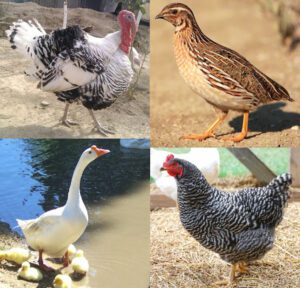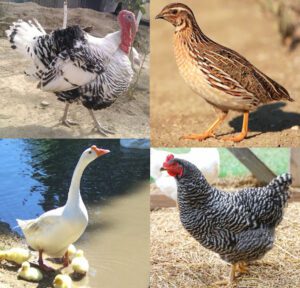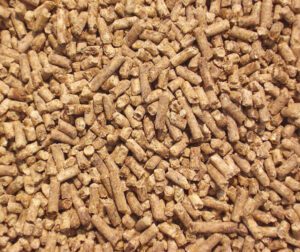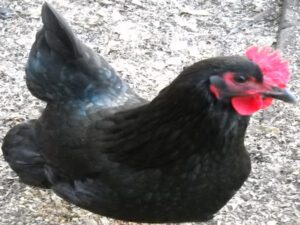Fowlpox disease is the worldwide disease of poultry caused by viruses of family Poxviridae and the genus Avipoxvirus.
These viruses causing fowlpx disease are distinct from one another but antigenically similar, possible hosts including some common domestic poultry birds such as pigeons, chickens, turkeys and quails, and also some other species of birds.
There are two forms of the fowlpox disease. The first is spread by biting insects and wound contamination and causes lesions on the comb, wattles and beak. The birds affected by this form of fowlpox usually recover within a few weeks.
The another form of the disease is spread by inhalation of the virus and causes a diphtheritic membrane to form in the mouth, pharynx, larynx and sometimes the trachea. The prognosis for this form is poor.[1]
Causes of Fowlpox Disease
Pox viruses are single, linear, double stranded DNA viruses which cause chronic disease in poultry of all species and age.
Effects
Incubation is from 4 to 10 days. There are 2 forms of the disease; cutaneous dry and diphtheritic or wet. Both may present in the same flock.
The diphtheritic form shows cankers or yellow lesions in the mouth, oesophagus or trachea. While the dry form is manifest as pimples or scabs on the skin, mainly on unfeathered parts of the body.
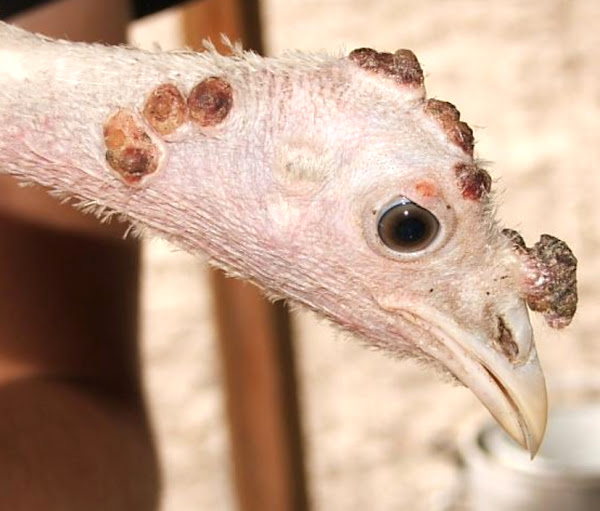
Other symptoms include blindness, feed refusal, lowered egg production, facial swelling etc.
Fowlpox Disease in Chickens
Fowlpox is a very common disease in domestic chickens that have not been vaccinated. Most of the chickens survive the infections, but in some cases very young or weak birds may be lost.
The lesions initially looks like a whitish blister and appear on the comb, wattles and other skin areas. Sometimes the lesions can also be found on the body, legs and even occasionally on the softer parts of the beak.
The blisters develop into a dark scab and take about three weeks to heal and drop off. The fowlpox lesions cause difficulty breathing, when in the infected bird’s mouth and throat.
Scarring may result and consequently exhibition poultry breeders prefer to vaccinate and avoid this disease. Try to control mosquito population for reducing the outbreaks of fowlpox disease.
Treatment
Today, vaccines are available for fowlpox treatment. In most cases the chickens are vaccinated with pigeonpox virus. Veterinarians usually suggest to give this vaccine to the chickens between the age of 8 and 14 weeks of age, via the wing web method of injection.
When a chicken is given the vaccine, they are exposed to and mild version of the active virus, so they should be completely healthy to prevent severe illness.
Turkeys are also routinely vaccinated. There are actually no treatment once a bird is infected. So preventive measures are effective for preventing this disease such as vaccinating and mosquito management.
